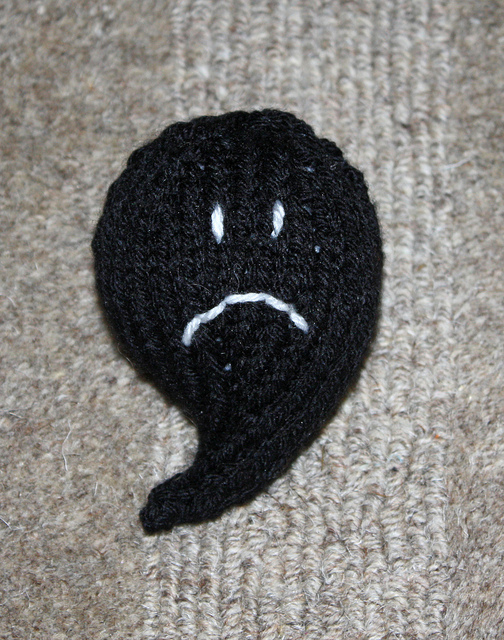When it comes to punctuation, the two most common kinds of errors involve the use of apostrophes and quotation marks. The rules governing the use of apostrophes and quotation marks are, for the most part, clear and unyielding.
Let us review apostrophes first. They are used for two purposes: to show possession and for contractions.
Possession:
To show possession of something or someone by a singular noun, an apostrophe followed by an “s” is used, as in the following examples:
- The doctor’s office was crowded.
- My younger son’s friends are coming for dinner tonight.
- Where is Marty’s coat?
- That is the girl’s necklace.
- This is Charles’s coat. (Notice that, even though “Charles” ends in an “s,” it is still necessary to add an apostrophe and another “s.”)
The only time that you would add just an apostrophe to the end of a noun ending in “s” would be if adding an apostrophe and an “s” would change the pronunciation of the word, as in the following:
- We have discussed Sophocles’ body of work.
It should not be “Sophocles’s work.” That would change the pronunciation of “Sophocles.”
When you are indicating possession by plural nouns, just an apostrophe is added, as in the following examples:
- All of the girls’ mothers came to the reception.
- That building contains several doctors’ offices.
Irregular plural nouns require the addition of an apostrophe and an “s,” as in the following:
- That is the children’s room.
- He decided to join the men’s club.
Contractions:
Contractions are formed by combining two words. Apostrophes are added in place of letters which have been dropped, as in the following examples:
- should not……shouldn’t
- could not……..couldn’t
- she will…………she’ll
- it is……………….it’s (This should not be confused with the possessive form of “it,” which is “its” (no apostrophe).
- you are…………you’re
- cannot (always written as one word)…….can’t
Quotation marks are correctly used only to indicate the actual words that someone has said or written or sung, around the titles of certain created works, and to set off unique phrases.
To indicate speech:
The following are examples of quotation marks being used to indicate the actual words of a speaker or those in a written work or a song:
- “My brother has been gone all day,” Ken said.
- “Do you know where he could possibly be?” asked Ralph.
- “Well,” Ken replied, “he could be anywhere.”
- I am always thrilled when I hear the phrase “the land of the free and the home of the brave.”
Titles:
The titles of newspaper, magazine articles, or periodical articles, the titles of short stories, plays, films, musical pieces, poems, essays, and television and radio programs should be enclosed in quotation marks.
Unique phrases or irony:
Quotation marks may be used to indicate that a word or phrase is unique and should, therefore, be set apart from the rest of a sentence, as in the following:
- Tom decided that he did not want to be part of “the moral majority.”
Here is an example of quotation marks being used to indicate irony:
- Well, I am going to show my boss just how “irresponsible” I can be.
More often than not, errors involving the use of apostrophes and quotation marks have to do with their overuse. They should not be used to emphasize important phrases. The following is an example of that:
- Everyone is invited to the “Big Sale.”
As stated above, the rules involving the use of apostrophes and quotation marks are clear. Learning how to use them involves simply studying the rules.
